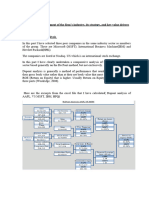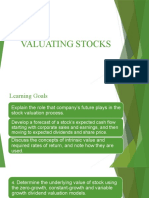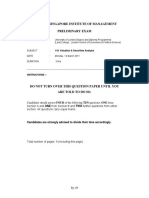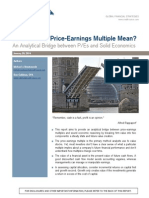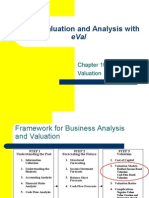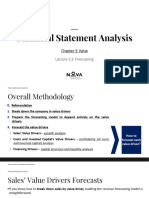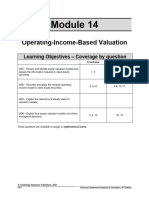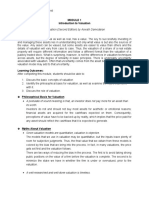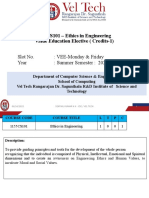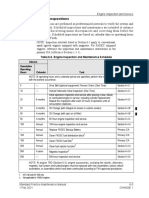0% found this document useful (0 votes)
53 views11 pagesTutorial 6 FAT Solution
The document discusses a tutorial on valuation using earnings models. It provides an example of valuing Apple Inc. using an earnings model as of March 2023. It then asks questions about sources of uncertainty in valuation and whether past earnings are useful for forecasting future earnings. Specifically, it asks about the implications of regression results examining the association between current and lagged returns on equity (ROE) across firms.
Uploaded by
Ahmad FarisCopyright
© © All Rights Reserved
We take content rights seriously. If you suspect this is your content, claim it here.
Available Formats
Download as PDF, TXT or read online on Scribd
0% found this document useful (0 votes)
53 views11 pagesTutorial 6 FAT Solution
The document discusses a tutorial on valuation using earnings models. It provides an example of valuing Apple Inc. using an earnings model as of March 2023. It then asks questions about sources of uncertainty in valuation and whether past earnings are useful for forecasting future earnings. Specifically, it asks about the implications of regression results examining the association between current and lagged returns on equity (ROE) across firms.
Uploaded by
Ahmad FarisCopyright
© © All Rights Reserved
We take content rights seriously. If you suspect this is your content, claim it here.
Available Formats
Download as PDF, TXT or read online on Scribd
/ 11













